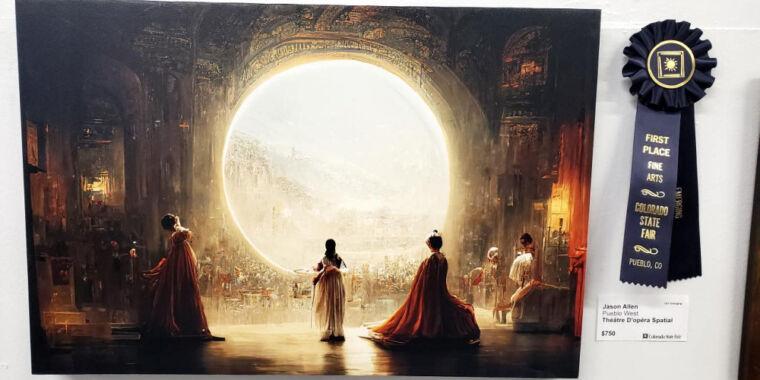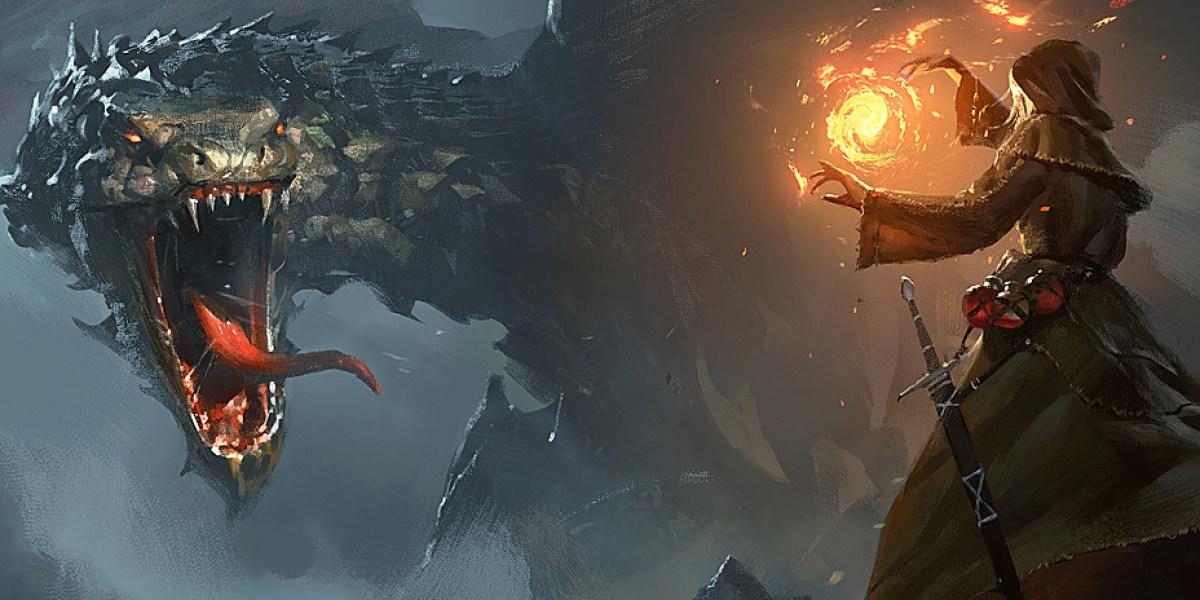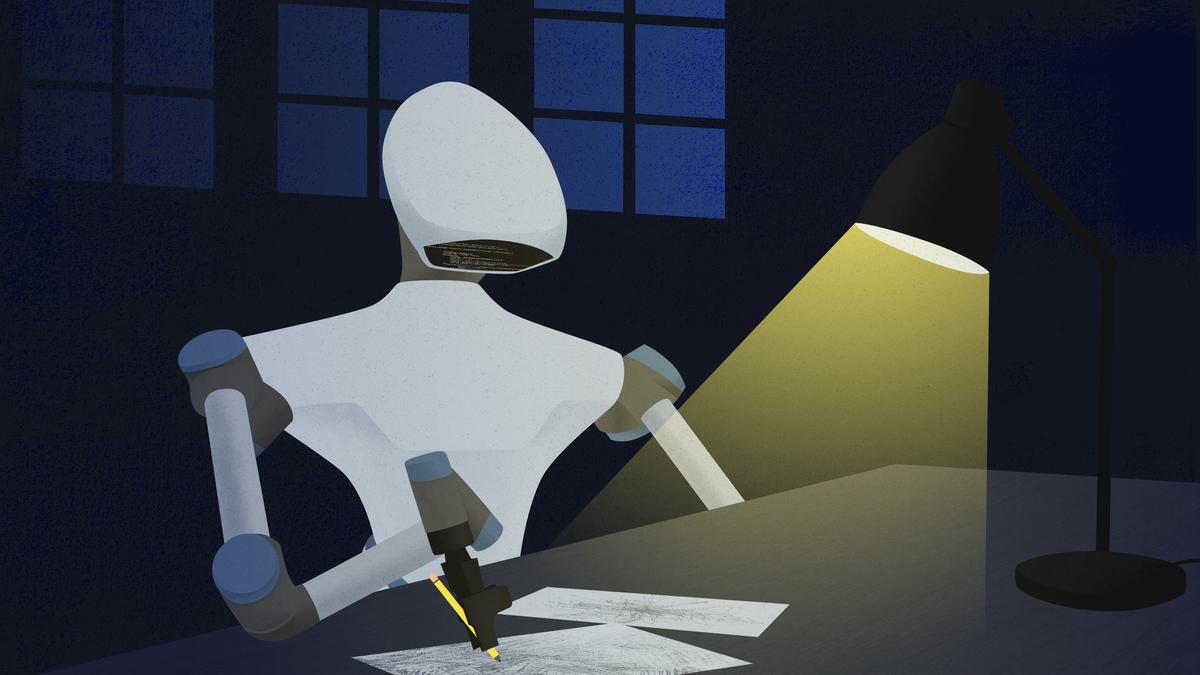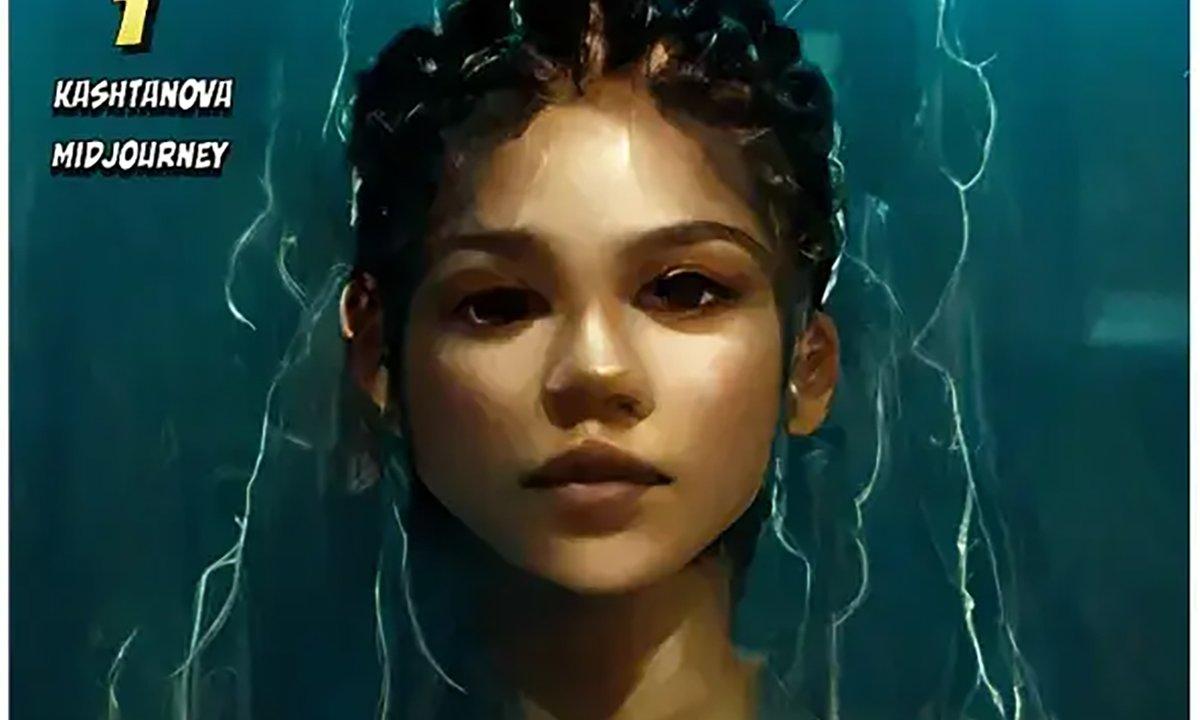What are the legal implications of using generative AI in the creation of art?
The legal implications of using generative AI in the creation of art are complex and multifaceted. One of the main issues is the question of authorship and ownership. With AI-generated art, it is challenging to determine who should be credited as the creator of the artwork. Should it be the artist who programmed the AI system, the AI system itself, or a combination of both? This raises questions about the rights and royalties associated with AI-created works. Additionally, the rejection of copyright protection for AI-generated artwork means that artists may not have control over the commercial use of their creations, further complicating the legal landscape. Courts are still trying to establish the application of intellectual property laws to generative AI, and it is likely that new laws and regulations will need to be developed to address these issues.
What steps should companies using AI tools take to mitigate risks associated with AI-generated content?
Companies using AI tools to generate content should take several steps to mitigate the risks associated with AI-generated content. Firstly, they should ensure that the training data used by the AI system is properly licensed and does not infringe on any copyrights or intellectual property rights. This can be done through thorough research and due diligence in selecting the training data. Companies should also create audit trails and metadata for AI-generated content, documenting the process and the sources of the content. This can help establish the provenance of the content and provide evidence in case of any legal disputes. Additionally, companies should consider obtaining appropriate licenses or permissions for using AI-generated content in commercial productions. By taking these steps, companies can reduce the risk of copyright infringement lawsuits and other legal challenges.
How might the rise of AI art affect employment in the art industry?
The rise of AI art is likely to have a significant impact on employment in the art industry. While AI can enhance the creative process and provide new opportunities for artists, it also raises concerns about job displacement. AI-generated art has the potential to automate certain tasks traditionally performed by artists, such as generating preliminary sketches or creating realistic renderings. This could result in a decrease in demand for entry-level artists and a shift towards hiring AI systems instead. However, it is important to note that AI cannot replicate the unique perspective, emotions, and creativity that human artists bring to their work. The role of artists may evolve, with a greater emphasis on conceptualization and collaboration with AI systems. Additionally, the rise of AI art may also create new job opportunities in fields such as AI programming, data analysis, and content curation. Overall, the impact of AI art on employment in the art industry is still uncertain and will depend on how artists, organizations, and society as a whole adapt to and embrace this new form of creativity.
Full summary
The rejection of copyright protection for the AI-generated artwork has raised questions about the status of AI-created works in the art world. The artwork in question had won first place in a Colorado State Fair art contest, gaining national attention as the first AI-generated work to achieve such recognition. The artist, Jason M. Allen, used the generative AI system Midjourney to create his award-winning image titled 'Théâtre D'opéra Spatial.' However, the Copyright Office denied Allen's request for copyright, stating that the artwork was not the product of human authorship.
This is not the first time the Copyright Office has rejected copyright protection for AI-generated artwork. In previous cases, artists Kris Kashtanova and computer scientist Stephen Thaler also had their AI-generated artworks denied copyright protection. The rejection of copyright for AI-created material has left a "void of ownership" for creators, according to Jason Allen.
The controversy surrounding AI-generated artwork extends beyond copyright protection. There are ethical and moral implications surrounding the use of AI in the creation of art. AI-generated art has become a viable option for license-free set decoration in motion pictures and commercial productions. However, uncleared art and props can lead to copyright infringement lawsuits. AI-generated art can provide a solution to avoiding copyright issues, but it is not always eligible for copyright protection.
The rise of AI art raises concerns about the legal implications of using generative AI and the ownership of AI-generated works. Legal cases have been filed regarding AI creations and infringement, and courts are still trying to establish the application of intellectual property laws to generative AI. Companies using AI tools need to take steps to mitigate risks, such as ensuring training data is properly licensed and creating audit trails and metadata for AI-generated content.
The controversy surrounding AI art extends beyond the legal and ethical aspects. There are concerns about the future of art jobs as AI art gains popularity. Professional artists worry that AI could replace entry-level artists and be used by small creators instead of hiring an artist. Additionally, the profit motives involved in the AI art movement raise questions about the true nature of AI-generated art.
The rejection of copyright protection for AI-generated artwork has sparked a larger conversation about the role of AI in the art world. Artists, experts, and organizations are seeking solutions and discussing the need for new categories or requirements for AI art in art competitions. The controversy and debate surrounding AI art are expected to continue as AI technology continues to advance.
Overall, the rejection of copyright protection for AI-generated artwork at the Colorado State Fair has brought attention to the complex issues surrounding AI in the art world. The ethics, legal implications, and future of AI-generated art are all topics of discussion as artists, experts, and organizations navigate this new frontier of creativity and technology.


















